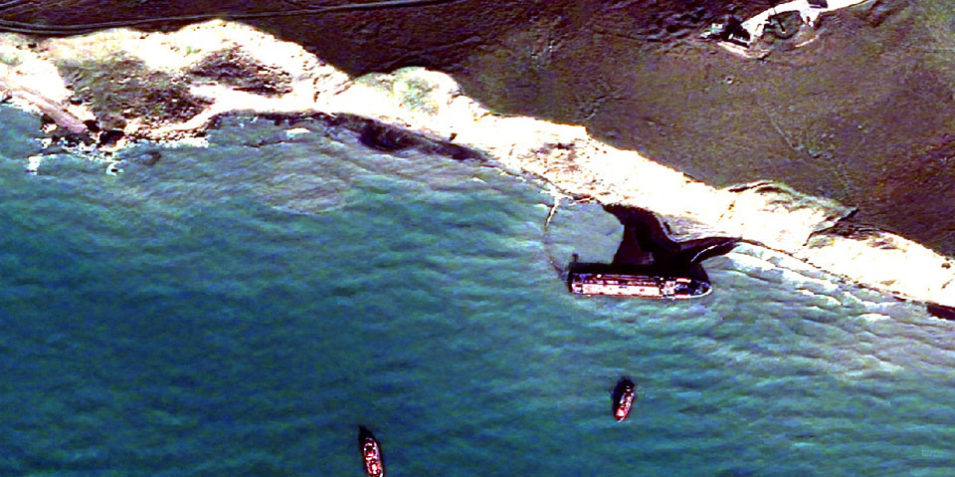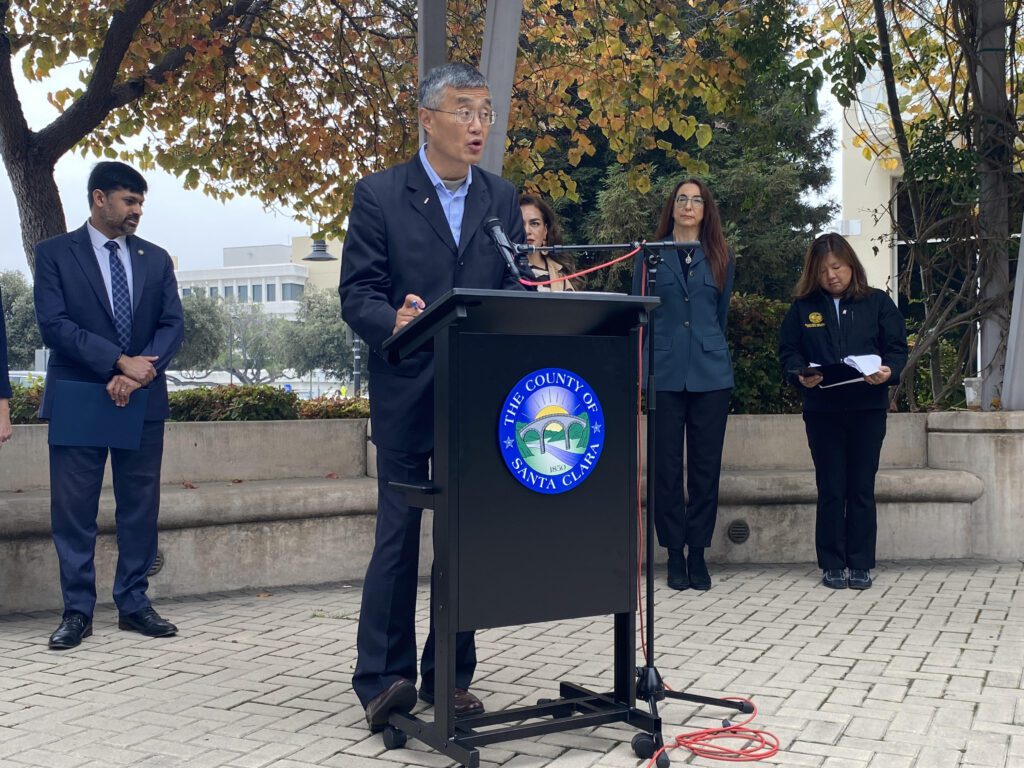A Nuclear Winter Could Destroy Much of The World’s Food Supply – ScienceAlert

Report on the Impacts of Nuclear Conflict on Global Food Production and Sustainable Development Goals
Introduction
A recent study led by Pennsylvania State University simulates the catastrophic effects of nuclear winter on global food production, highlighting severe implications for the United Nations Sustainable Development Goals (SDGs). By modeling the impact on maize (Zea mays), the world’s most widely grown grain, the research quantifies the threat to global stability and human survival. The findings underscore the critical importance of SDG 16 (Peace, Justice and Strong Institutions) as the primary safeguard against such a humanitarian and environmental disaster.
Threats to SDG 2: Zero Hunger and SDG 3: Good Health and Well-being
The study’s primary focus is the direct impact on agriculture, which forms the bedrock of SDG 2 (Zero Hunger). A nuclear conflict would inject massive amounts of soot into the atmosphere, triggering a “nuclear winter” that drastically reduces sunlight and temperatures, devastating crop yields.
Simulated Impact on Global Corn Production
- A localized nuclear conflict, injecting 5.5 million tons of soot, is projected to cause a 7% reduction in global corn production.
- A large-scale global nuclear war, releasing 165 million tons of soot, would lead to an 80% collapse in corn production.
This collapse in food supply would precipitate a global food crisis, directly undermining SDG 2. The resulting famine and malnutrition would have dire consequences for SDG 3 (Good Health and Well-being), leading to widespread disease and mortality.
Compounding Effects on SDG 13: Climate Action and SDG 15: Life on Land
The initial devastation of food systems would be exacerbated by secondary environmental effects that threaten climate stability and terrestrial ecosystems.
Ozone Layer Depletion and UV-B Radiation
- Nuclear explosions produce nitrogen oxides in the stratosphere, which, combined with atmospheric heating from soot, would rapidly destroy the planet’s protective ozone layer.
- This would lead to a significant increase in surface UV-B radiation, peaking six to eight years post-conflict.
- The increased radiation would damage plant tissue, further inhibiting food production. The study estimates this would add an extra 7% loss to corn yields, bringing the total reduction in a worst-case scenario to an alarming 87%.
These events represent a catastrophic failure to protect the environment. The atmospheric disruption is a severe form of human-induced climate change, directly opposing the objectives of SDG 13 (Climate Action). The widespread destruction of plant life and ecosystems constitutes a grave threat to SDG 15 (Life on Land).
Recovery Timelines and Resilience Strategies
The report outlines a prolonged and challenging recovery period, with significant regional disparities.
Projected Recovery and Mitigation
- Global corn production could take between 7 and 12 years to recover, depending on the scale of the conflict.
- The Southern Hemisphere and equatorial regions are projected to recover more quickly than the Northern Hemisphere and higher latitudes.
- To enhance resilience, the study proposes mitigation strategies such as switching to crop varieties adapted to cooler temperatures and shorter growing seasons, which could offset losses by up to 10%.
Agricultural Resilience Kits and SDG 17: Partnerships for the Goals
Researchers propose the development of “agricultural resilience kits” containing seeds selected for post-conflict climate conditions. The creation and distribution of such kits would necessitate robust international cooperation, embodying the principles of SDG 17 (Partnerships for the Goals) to build global resilience against catastrophic events.
Which SDGs are addressed or connected to the issues highlighted in the article?
- SDG 2: Zero Hunger
- SDG 13: Climate Action
- SDG 15: Life on Land
- SDG 16: Peace, Justice and Strong Institutions
- SDG 11: Sustainable Cities and Communities
What specific targets under those SDGs can be identified based on the article’s content?
-
SDG 2: Zero Hunger
- Target 2.1: End hunger and ensure access to sufficient food. The article directly addresses this by describing a “global food crisis” where nuclear winter scenarios could “cut crop production by 80 percent,” severely threatening access to sufficient food for the global population.
- Target 2.4: Ensure sustainable food production systems and implement resilient agricultural practices. The article highlights the vulnerability of current food production systems. It also discusses implementing resilient practices, such as preparing “agricultural resilience kits” with crop seeds adapted to post-war climate conditions to “help sustain food production.”
-
SDG 13: Climate Action
- Target 13.1: Strengthen resilience and adaptive capacity to climate-related hazards. The article describes nuclear winter as a man-made climate hazard, where “huge amounts of soot and dust” reduce sunlight. The proposal to create “agricultural resilience kits” is a direct strategy to strengthen adaptive capacity to this specific hazard.
-
SDG 15: Life on Land
- Target 15.3: Combat desertification, restore degraded land and soil. The article mentions that increased UV-B radiation resulting from ozone layer destruction would “damage plant tissue and further limit global food production,” contributing to the degradation of land and ecosystems.
- Target 15.5: Halt biodiversity loss. The article explicitly states that the reduction in sunlight during a nuclear winter would be “killing off many plants and animals,” which constitutes a massive and direct loss of biodiversity.
-
SDG 16: Peace, Justice and Strong Institutions
- Target 16.1: Significantly reduce all forms of violence. The entire premise of the article is based on the consequences of “large-scale nuclear conflict,” which represents an extreme form of violence. The article implicitly advocates for the prevention of such conflict to avoid the catastrophic outcomes described.
-
SDG 11: Sustainable Cities and Communities
- Target 11.b: Implement policies and plans towards resilience to disasters. The article’s discussion of preparing for post-war recovery, including the need for “supply chains and infrastructure” to recover and the concept of “agricultural resilience kits,” aligns with building resilience to large-scale disasters.
Are there any indicators mentioned or implied in the article that can be used to measure progress towards the identified targets?
-
For SDG 2 (Zero Hunger)
- Percentage reduction in global corn production: The article uses corn as a ‘sentinel’ crop and provides specific figures, such as a “7 percent” reduction in a localized war and an “80 percent” reduction in a global conflict. This serves as a direct indicator of food production capacity.
- Total drop in crop production: The article calculates a potential “87 percent total drop in crop production” when factoring in UV-B damage, providing a comprehensive metric for the impact on food availability.
- Time for agricultural recovery: The simulation’s estimate that it could take “between 7 and 12 years for global corn production to recover” is a key indicator of the long-term impact on food systems.
-
For SDG 13 (Climate Action)
- Amount of soot injected into the atmosphere: The study simulates scenarios with “soot injections ranging from 5 million to 165 million tons.” This quantity is a direct indicator of the severity of the climate-altering event.
- Reduction in crop productivity loss: The article suggests that switching to hardier corn varieties could “reduce the loss of crop productivity by up to 10 percent,” which is a measurable indicator of the effectiveness of an adaptive strategy.
-
For SDG 15 (Life on Land)
- UV-B radiation levels: The article notes that the destruction of the ozone layer would increase “UV-B radiation levels at the Earth’s surface,” which could be measured to assess the damage to terrestrial ecosystems and plant life.
-
For SDG 16 (Peace, Justice and Strong Institutions)
- Likelihood of nuclear conflict: While not a standard SDG indicator, the article implies a metric by referencing the “Doomsday Clock” and stating the scenario is “more likely than it has been since the Cold War.” This serves as a proxy indicator for the risk of large-scale violence.
Create a table with three columns titled ‘SDGs, Targets and Indicators’ to present the findings from analyzing the article. In this table, list the Sustainable Development Goals (SDGs), their corresponding targets, and the specific indicators identified in the article.
| SDGs | Targets | Indicators |
|---|---|---|
| SDG 2: Zero Hunger |
|
|
| SDG 13: Climate Action |
|
|
| SDG 15: Life on Land |
|
|
| SDG 16: Peace, Justice and Strong Institutions |
|
|
| SDG 11: Sustainable Cities and Communities |
|
|
Source: sciencealert.com

What is Your Reaction?
 Like
0
Like
0
 Dislike
0
Dislike
0
 Love
0
Love
0
 Funny
0
Funny
0
 Angry
0
Angry
0
 Sad
0
Sad
0
 Wow
0
Wow
0
































_1.png?#)












































